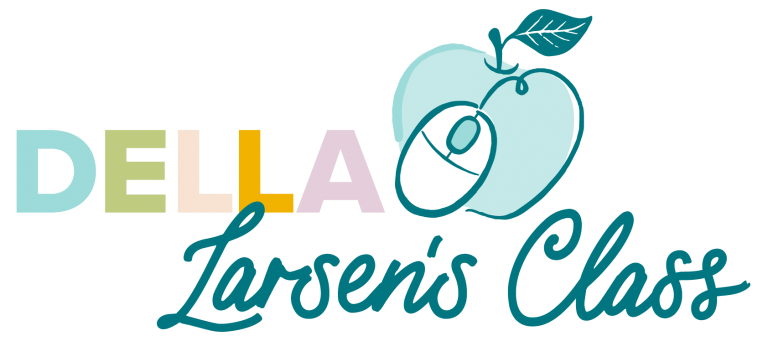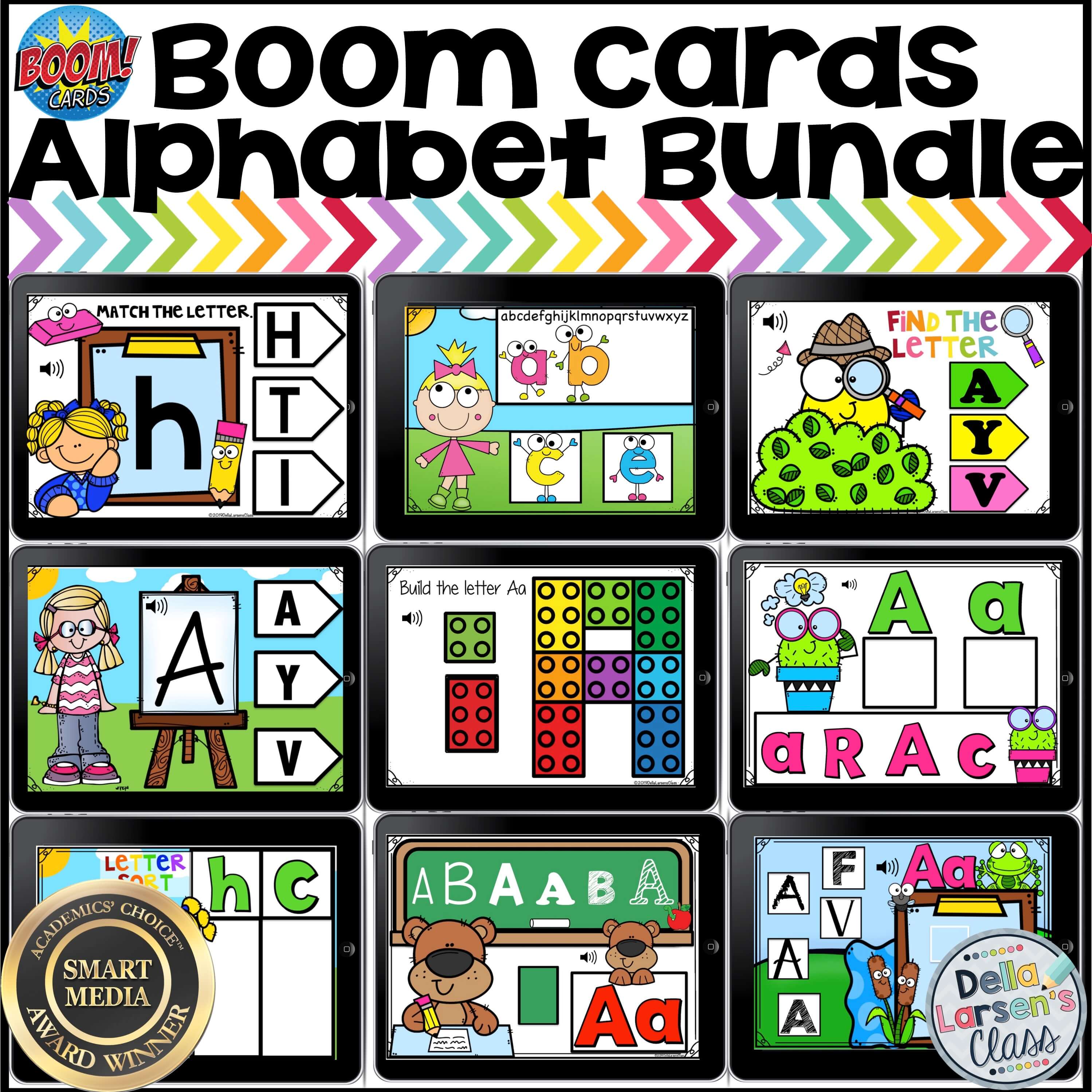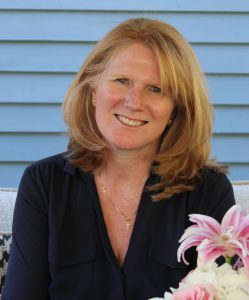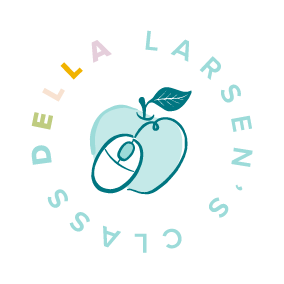Knowing the alphabet is the best predictor of reading success.
I have been teaching in the primary grades for over 30 years. In that time I have seen expectations change for kindergarten students. What started out as social-emotional growth, learning to play with friends, fine motor skills, and alphabet skills has somehow morphed into first-grade work where are kids are expected to read, comprehend, AND answer text-dependent questions.
Teachers know that our kids are more than their test scores
I believe the policy-makers want the best for our kindergarten students. I just think they are a little confused about what is best for our kids. Teachers know that our kids are more than their test scores. We know that how our students treat each other is as important (if not more) than what reading level they score. We all want the achievement gap to shrink. However, just pushing our kids harder they will not magically shrink the achievement gap. Having high expectations does not mean that every child will keep up. In every kindergarten class there are students who come in not only ready to read, but kids who are already reading, but there are other kids who are already far behind. In our rush to get our kindergarten students to read we often skip over the most fundamental step. Letter knowledge.

Our goal is to teach our students to read.
At the core of every kindergarten curriculum is our goal is to teach our students to read. We all want to see the growth our kindergarten students make in a year. Many come in barely knowing letters and end the year reading they are reading. It’s the magic of kindergarten. It’s our goal. it’s our administrator’s goal it’s our parent’s goal and boy do we feel the pressure.
In our rush to push them quickly, we don’t give them time to form the foundation they need.
In that push to get our kids up to a level D by the end of the year, we may be pushing past that crucial step. What ends up happening is our students have some understanding of letters. They kind of know that a g and a G are the same letter; but they are not entirely sure. If they do not have a strong foundation they will be slow to identify the alphabet, and they become confused by different fonts. However we all too often are required to push and push to the next level, but if the foundation is shaky they suffer. Eventually what ends up happening is when our kids move through the grades and begin the high stakes test they crumble and fall. They start to hate school, they may become disruptive or withdrawn.
I honestly believe in my heart if “they” would just trust us and let us do what we know is right for our kids. We need to work on social-emotional growth and making our kids fall in love with kindergarten and with learning. Our students would all be better off and they will be ready to learn to read with confidence and comprehension in first grade.
Giving our kids the best foundation we can.
So as kindergarten teachers we must give our kids the best foundation we can. That begins with letter knowledge. If you push past this step too quickly our students will become struggling readers throughout all their years in school. Don’t let that happen.
Take the time now to give our students the very best foundation in letter knowledge that they know understand that an a is an A regardless of the font.
Make sure they notice the difference in the formation of circle letters like an O and straight lines of a T. We need to take the time so they distinguish the difference of letters, to match letters, to sort letters, we need them to know the name regardless of the font.
Grab my Alphabet planning guide here.
So how do we accomplish this?

It all begins with assessment. We need to know what our students know before we can plan what we need to teach. Then we move on to instruction and practice. This is where we provide centers and activities for them to sort, match, and build letters. Because Boom Cards are so engaging, so getting that crucial practice is easy. Boom Cards take the guesswork out of what your students are actually doing at centers. Because Boom takes the data. You’ll be able to see who is working and who is distracted. The best part about Boom is that it feels like a game. So your kindergarten students will want to play on the Boom Cards.
The next step is back to assessment. We need to check to see if they are understanding all the features of the letters. The data can be our friend. I have a love/hate relationship with data. I become annoyed when we take data just so we can say we took data. But when we use that information to make decisions about what a student has learned and what they still need to know, well then I am on board.
But what about those kids who still don’t “have it”?
Once we know if they have learned the skill we move on. But what about those kids who still don’t “have it”? This is where we bring in scaffolding and supports to address their needs. This might mean sound, video, 1:1 instruction or all 3! Now the cycle starts over again.
One amazing way to ensure you’re hitting every step is with Boom Cards. Boom Cards are basically an app that is self-checking and gives our kids immediate feedback. Why is immediate feedback so important? Because we stop their mistakes before they become patterns and habits. Boom collects the data for you so you are constantly receiving information about not only mistakes that are made, but the exact mistakes that are made. This data makes checking for understanding seamless.
The addition of sound is a game-changer when teaching the alphabet.
Often the hardest part of teaching is creating that critical differentiation for our lowest students. Boom cards have this step built-in. Boom cards come with sound and video. So while your students are matching and sorting the alphabet they are getting the extra scaffold of hearing the letter. This addition of sound is a game-changer when teaching the alphabet.
Don’t rush through teaching the alphabet. A strong foundation now will pay off later in the year when you are working on fluency.
Try Boom Cards for yourself and be prepared for your kids to beg for more.




